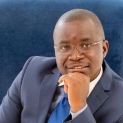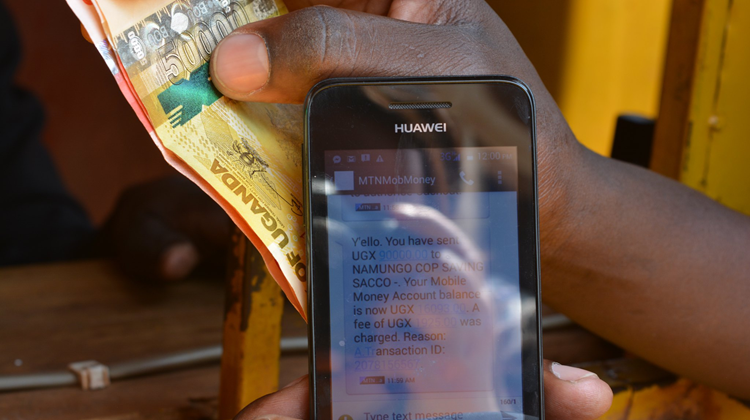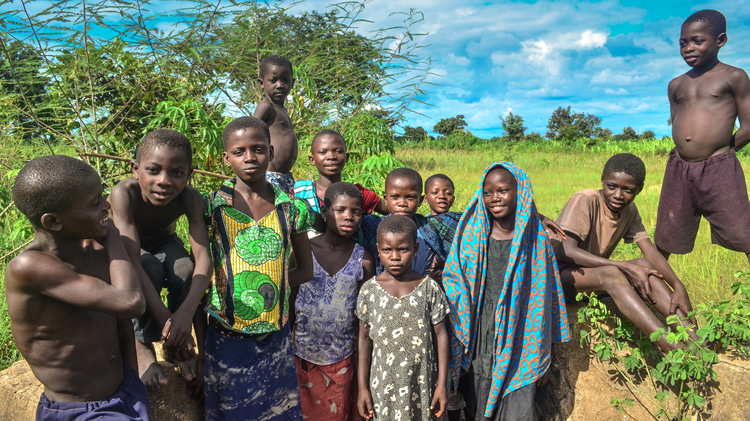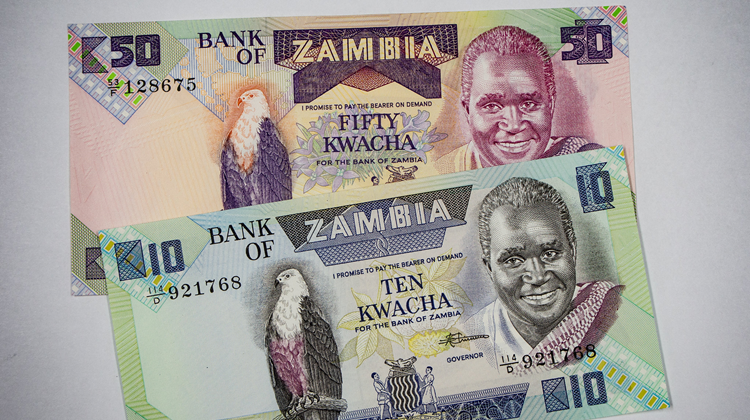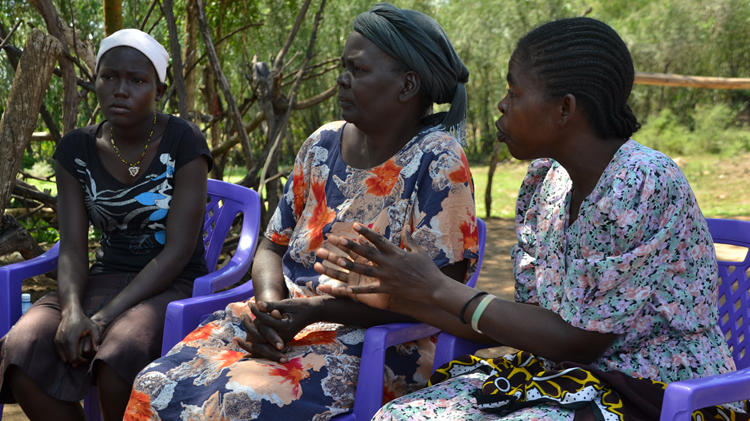Can Guinea turn its mineral wealth into inclusive prosperity?
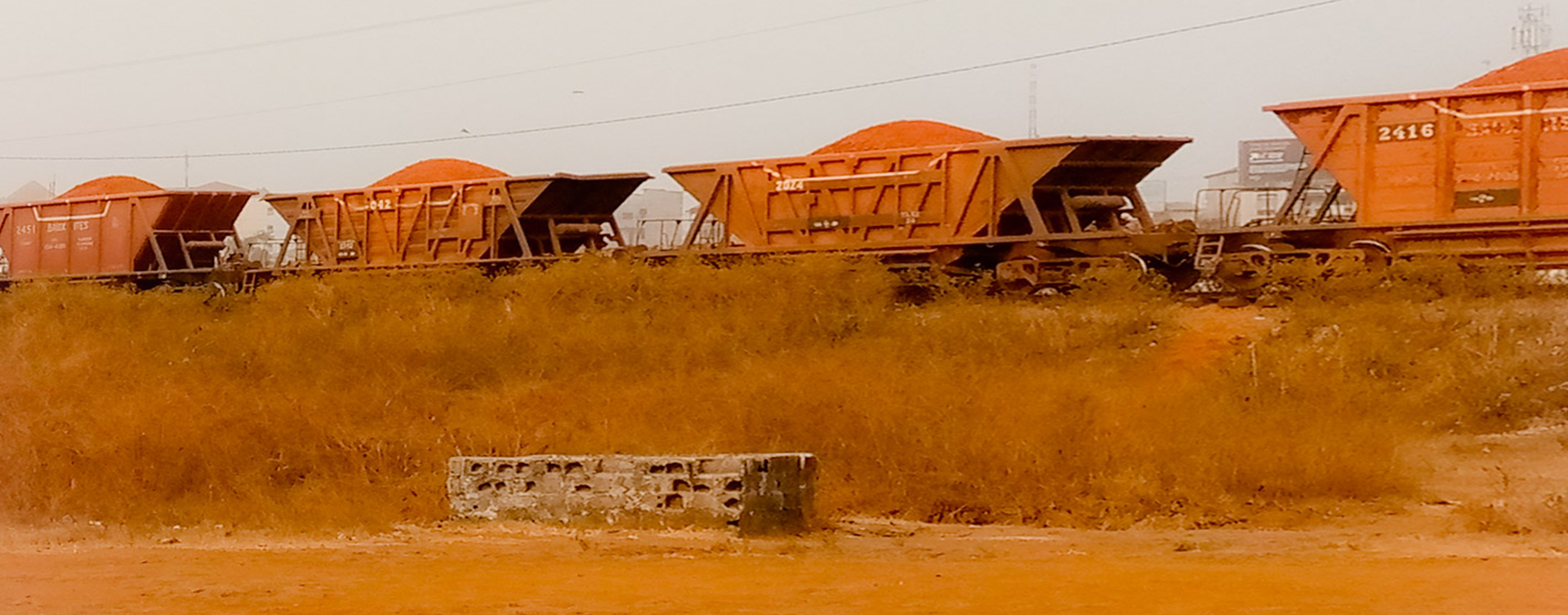
Scenario modelling shows that coordinated investment beyond mining could cut poverty by two-thirds in Guinea by 2043.
Guinea is richly endowed with bauxite, iron ore, gold and diamonds. It has the largest reserves of bauxite and the largest untapped deposits of high-grade iron ore in the world. The country also has substantial hydropower potential and excellent agro-climatic conditions for agriculture. In 2023, its natural wealth per capita was estimated at US$8 057, more than double its GDP per capita (PPP) of US$3 219 that year.
Guinea’s natural wealth per capita in 2023 was more than double its GDP per capita
Between 2012 and 2023, Guinea sustained robust economic growth, averaging nearly 6% annually. This growth was driven primarily by an expanding mining sector and increased exports, which contributed over 20% to GDP and accounted for more than 90% of its export earnings. This economic progress prompted the World Bank to upgrade Guinea’s status from a low-income to a lower-middle-income country, as both Gross National Income (GNI) and GDP per capita improved.
Despite these advantages, the gains have not translated into broad-based inclusion, and Guinea remains among the world’s poorest nations, ranked as the 25th poorest globally in 2024. The country’s GDP per capita still lags behind the sub-Saharan African average, highlighting the disconnect between natural wealth and human development outcomes.
Despite the upward reclassification, a significant portion of the population continues to live in extreme poverty. In 2023, approximately 42% (equivalent to 4.7 million people) survived on less than US$3.65 a day. According to the 2024 global Multidimensional Poverty Index (MPI), 66.2% of Guinea’s population is multidimensionally poor, with an additional 16.4% classified as vulnerable to multidimensional poverty.
With persistent poverty, Guinea faces the key challenge of translating its abundant mineral wealth into strategic policies and investments that deliver broad-based benefits to its population. Just as critical is the need for transparent and accountable management of mineral revenues, to avoid elite capture and ensure that the nation’s resource wealth is reinvested in public goods that serve the interests of all Guineans. The Simandou iron ore project (the home of the world’s largest untapped high-grade iron deposit), with exports projected to commence by 2026, holds the potential to drive significant economic transformation and generate employment. However, realising this potential hinges on the implementation of essential reforms that unlock inclusive and sustainable development, i.e., economic diversification, human capital, governance and institutional reforms. Ultimately, the true measure of success will be determined by how effectively Guinea invests in its people.
Yet, the benefits of the Simandou iron ore project are likely to be constrained by the mining boom and the consequent appreciation of the exchange rates, which erode the competitiveness of other sectors such as agriculture, manufacturing and services. This phenomenon, commonly known as the “Dutch disease”, creates a structural imbalance where economic expansion is driven largely by extractive industries that generate limited employment, constrain innovation and undermine economic resilience. This holds true particularly for Guinea’s youthful demographic, with over 60% of the population under the age of 30 and an estimated median age of 19.1 years in 2023.
Guinea’s rapidly growing and youthful population presents both opportunities and challenges. The country's youth face challenges related to education and training. These are reflected in the country’s high rate of Not in Education, Employment, or Training (NEETs), especially among young women. Approximately 34.3% of Guinea’s youth (15-24 years of age) fall into this category, representing at least 611 000 youth, including 420 000 young women. According to the 2023/2024 Human Development Report, Guinea is classified among nations with low human development and ranked 181st out of 193 countries on the Human Development Index (HDI).
Investing in quality education and skills development is fundamental to advancing Guinea’s sustainable development agenda. Strengthening human capital will enable the country to harness the potential of its youthful population, broaden access to decent jobs and foster innovation across various sectors. Guinea’s National Employment Policy (2021) identifies youth skills mismatch as a core employment barrier, especially for women and rural youth. Better alignment of skills with labour market needs, for example, can be achieved by expanding access to Technical and Vocational Education and Training (TVET) initiatives, particularly in agro-processing, construction and digital technologies.
It is crucial not only for securing formal employment but also for improving productivity within the informal economy. A skilled and adaptable workforce is also essential for reducing reliance on natural resources and promoting inclusive economic diversification. In the absence of such investment, there is a danger that the mining sector could crowd out labour and capital away from other productive industries, further entrenching economic imbalance.
To change this trajectory, the country must equip its youth with the skills and resources needed to enhance productivity, build resilience and drive inclusive, equitable growth. The country's entrepreneurs, for instance, need enhanced access to finance and digital tools. Evidence from the World Bank’s Stepping Up Skills Project, which supported 100 youth entrepreneurs (including beekeepers and digital start-ups), illustrates that tailored business plan competitions and incubation can effectively spur youth-led firms in agriculture and services. Further, at the rural level, mechanisms like Farmer Field School (FFS), supported by FAO and Guinea’s Ministry of Agriculture, are helping rural producers build agribusiness, irrigation and cooperative-management skills.
Achieving this vision will require ambitious structural reforms, transparent and accountable governance, and a sustained commitment to investing in human capital, infrastructure and economic diversification to ensure long-term stability and shared prosperity. Large infrastructure, such as transport networks and energy grids, is a key concern. Despite its hydropower potential, Guinea does not provide universal electrification to its citizens. In 2023, only about 48% of the population had access to electricity.
Despite its hydropower potential, only about 48% of Guineans had access to electricity in 2023
Without meaningful economic diversification and expanded access to productive opportunities (i.e., through modernisation of smallholder farming and the development of value chains for key crops such as rice, cassava, maize and palm oil), the country risks rising youth unemployment, worsening poverty and increasing social unrest.
Scenario modelling offers a forward-looking view of what Guinea could achieve if it invests strategically beyond the extractive sector. A recent study conducted by the African Futures and Innovation programme at the Institute for Security Studies (AFI-ISS) demonstrates that Guinea has the potential to achieve accelerated and more inclusive prosperity through coordinated, cross-sectoral interventions. The study models the impact of enhanced infrastructure development alongside improvements in governance, education, healthcare, demographics, an agricultural transformation, a dynamic manufacturing sector, increased financial flows, and the full implementation of the African Continental Free Trade Area (AfCFTA). The findings indicate that, by pursuing these targeted reforms, Guinea could reduce extreme poverty to just 7.1% (at US$3.65) by 2043. This would represent a reduction of approximately 3.1 million people living in extreme poverty compared to the business-as-usual development path.
Guinea could reduce extreme poverty to just 7.1% (at US$3.65) by 2043 through integrated development reforms
Among the eight sectoral scenarios assessed, the Agriculture scenario yields the most pronounced impact on poverty reduction, followed by Governance, the AfCFTA and the Manufacturing scenarios. Furthermore, Guinea’s economy could grow at an average annual rate of 7.3% between 2026 and 2043. This growth trajectory could result in a GDP per capita increase of US$1 170 above the business-as-usual forecast, with the greatest gains coming from investments in infrastructure and manufacturing.
The study underscores that economic diversification is not just a strategic choice for Guinea; it is a necessity. Although the mining sector will remain a cornerstone of the national economy, overdependence on it is unsustainable in the long run. While the Simandou project presents a significant opportunity for economic growth in the short to medium term, its long-term success in transforming Guinea's development trajectory hinges on strategic investments in good governance, human capital, infrastructure and manufacturing. Such a holistic approach ensures that the benefits of the mining boom are equitably distributed and contribute to sustainable development.
To foster a more inclusive and resilient economic prosperity, Guinea must prioritise these diversified investments. With forward-looking leadership and coordinated efforts, the country can thus transform its resource wealth into tangible improvements in rural livelihoods, education access and employment outcomes, for all citizens. If these reforms are pursued, Guinea could reduce extreme poverty to just 7.1% by 2043, unlocking meaningful progress for millions.
Image: Sayd224/Wikimedia Commons
Read the full recently updated country analysis of Guinea here.
